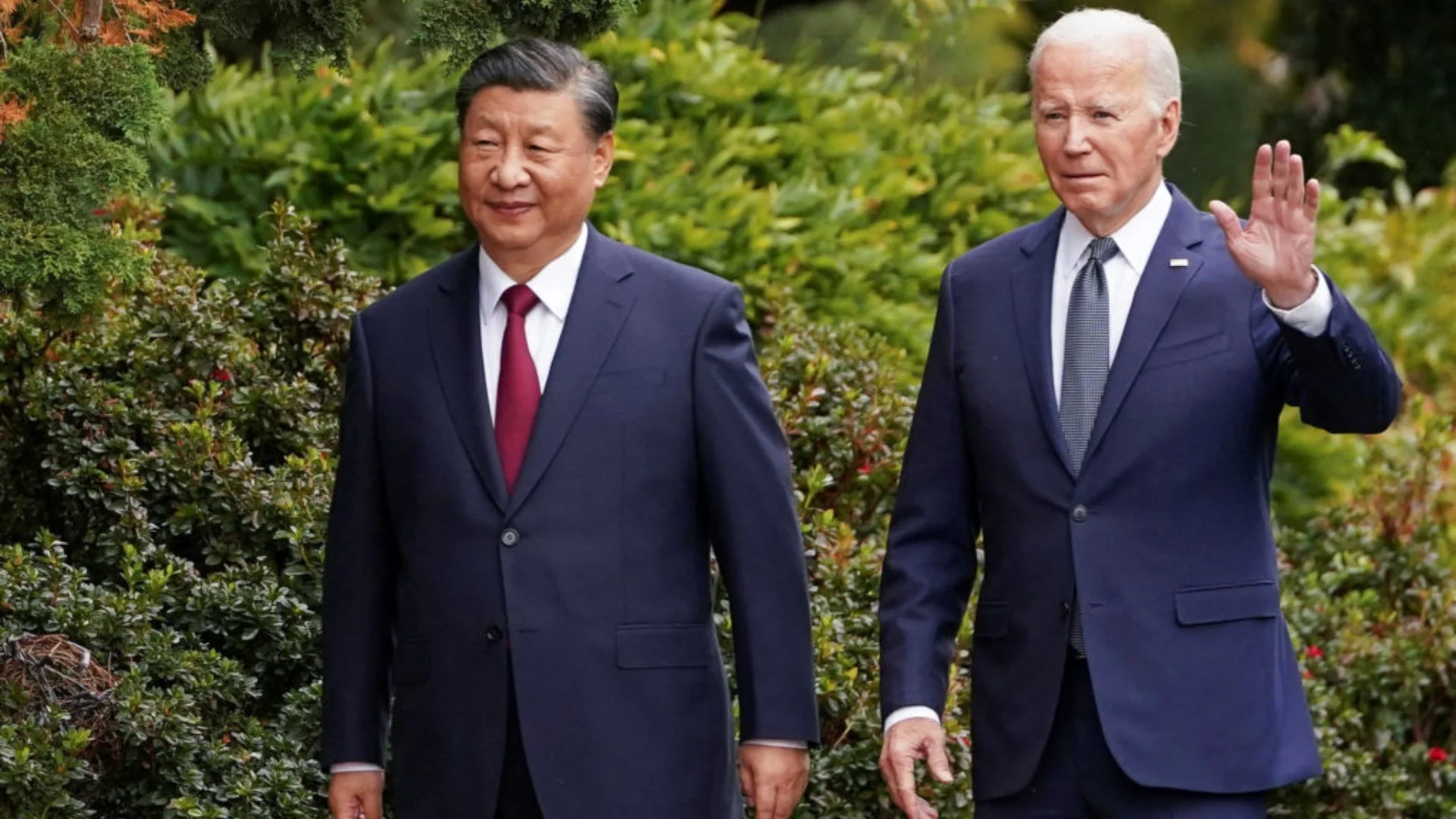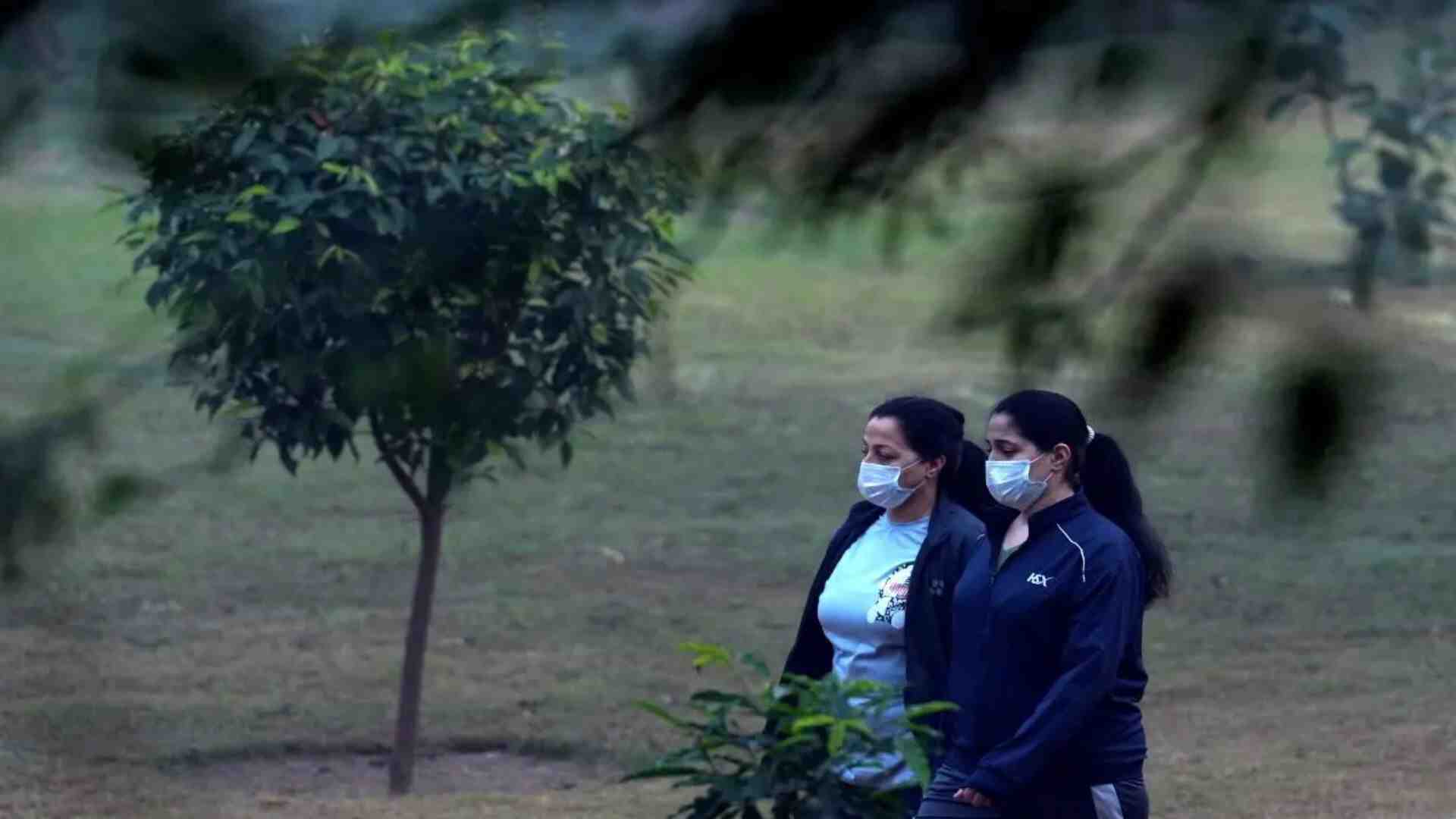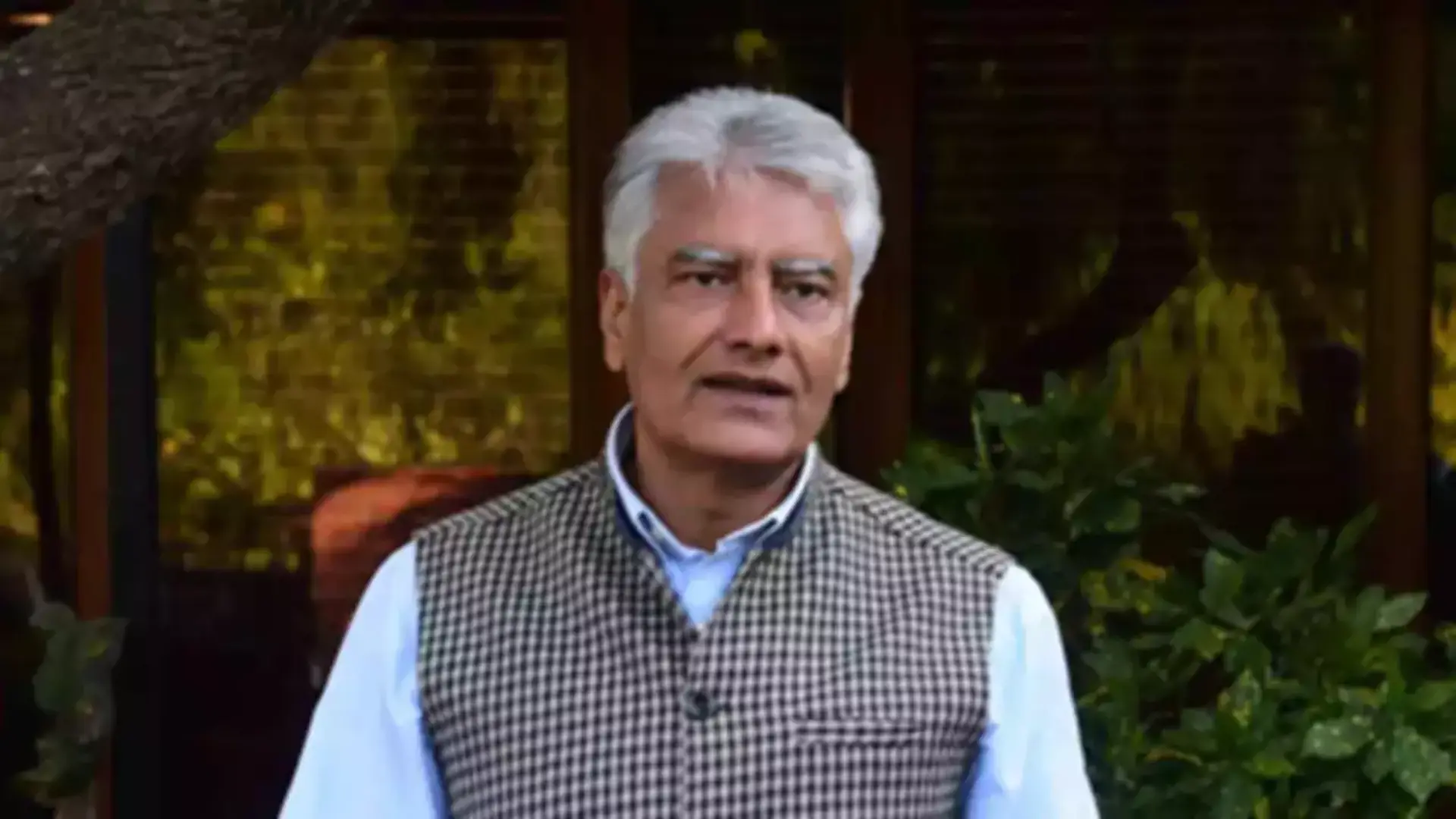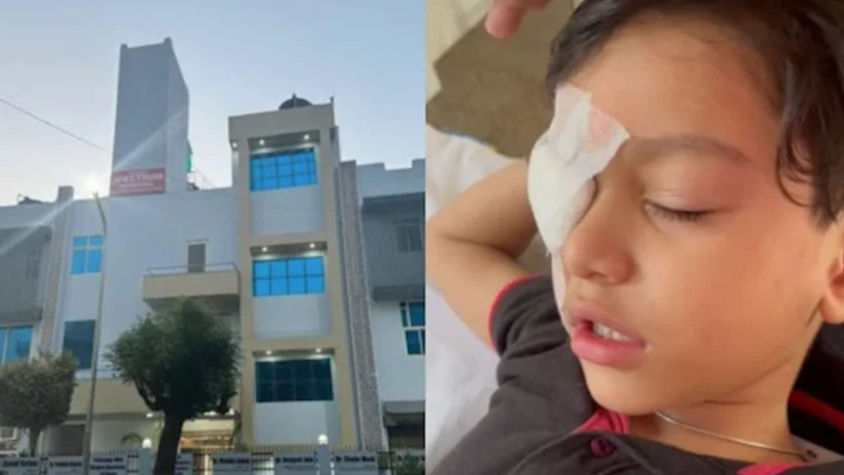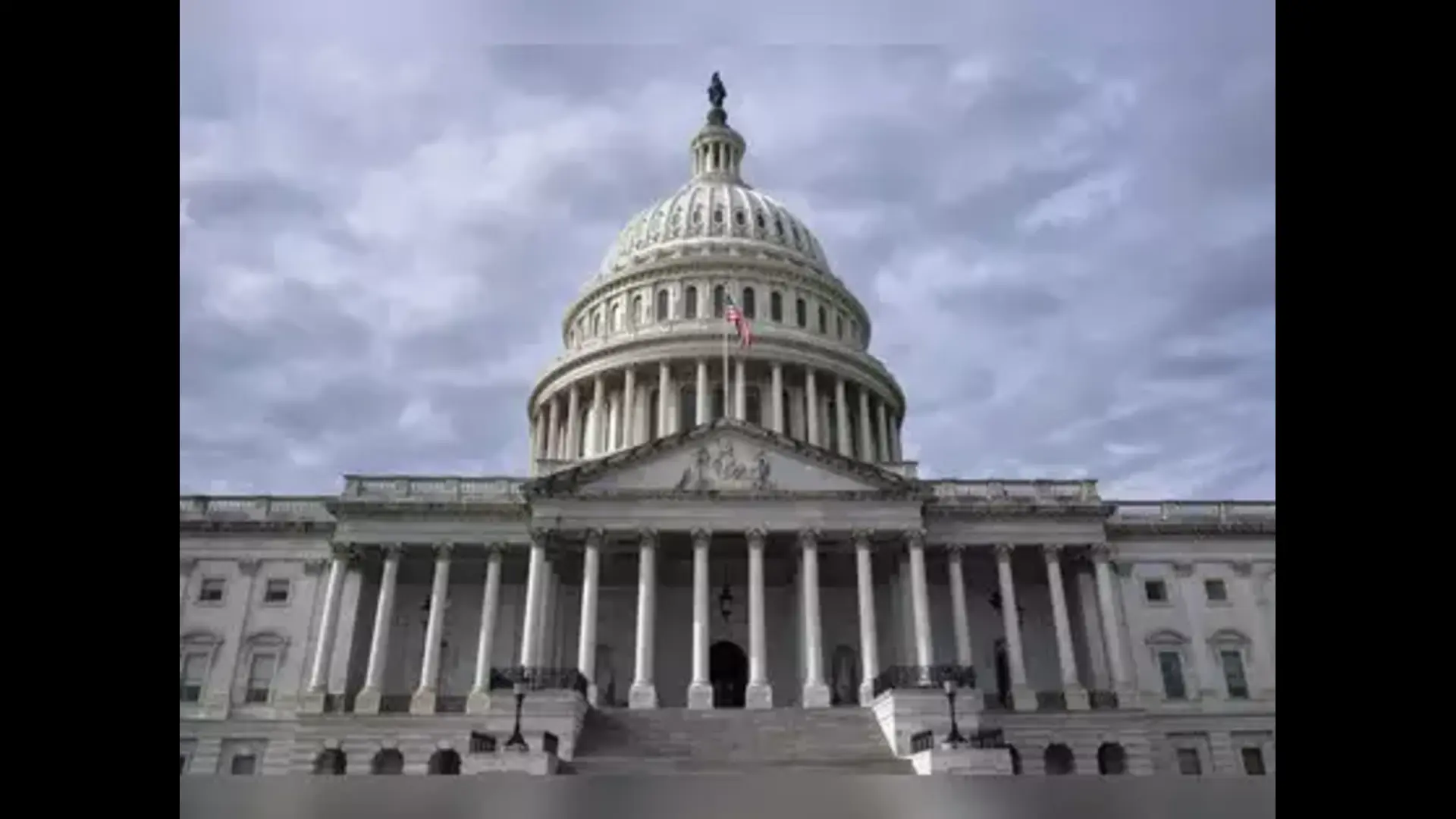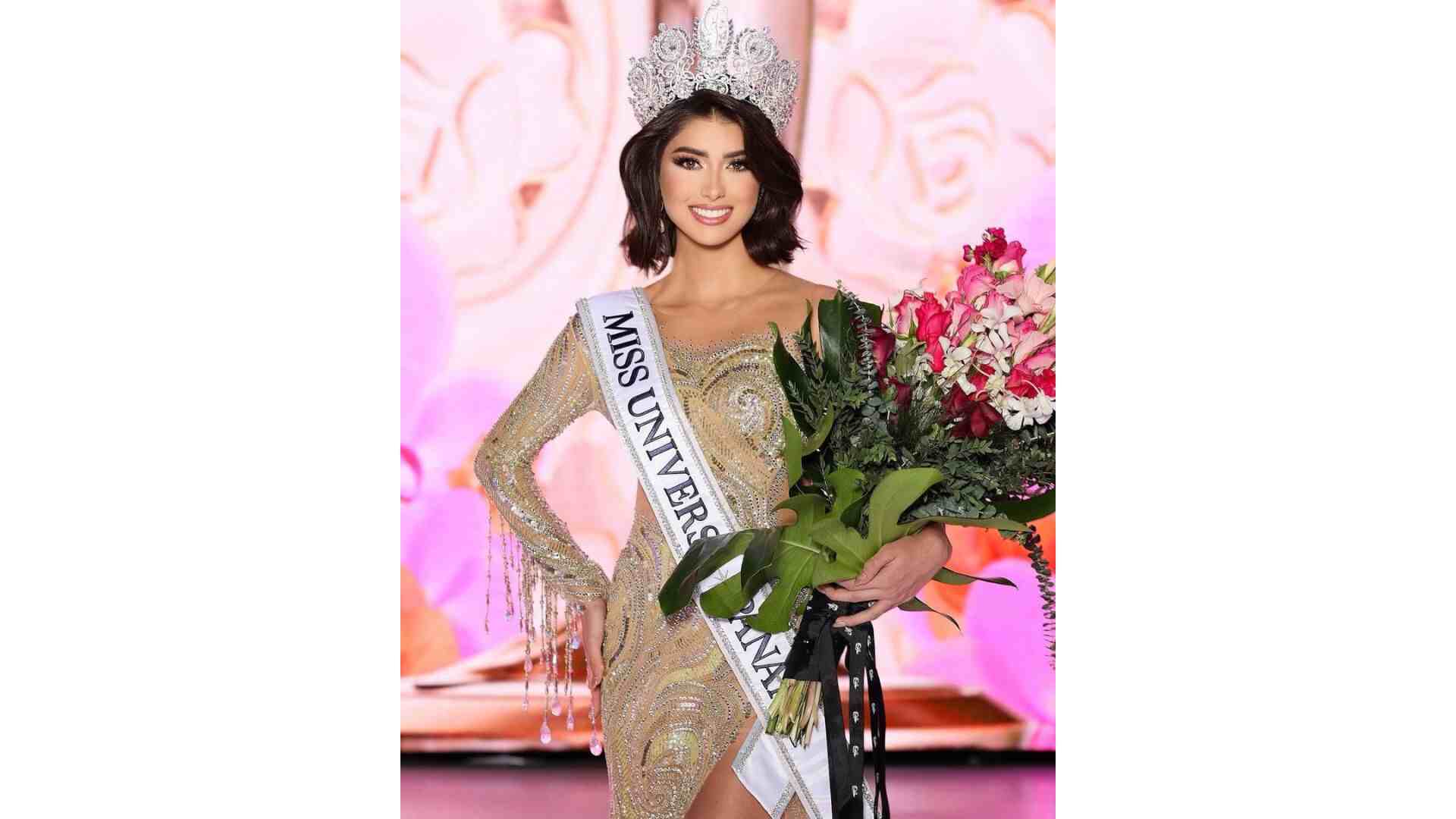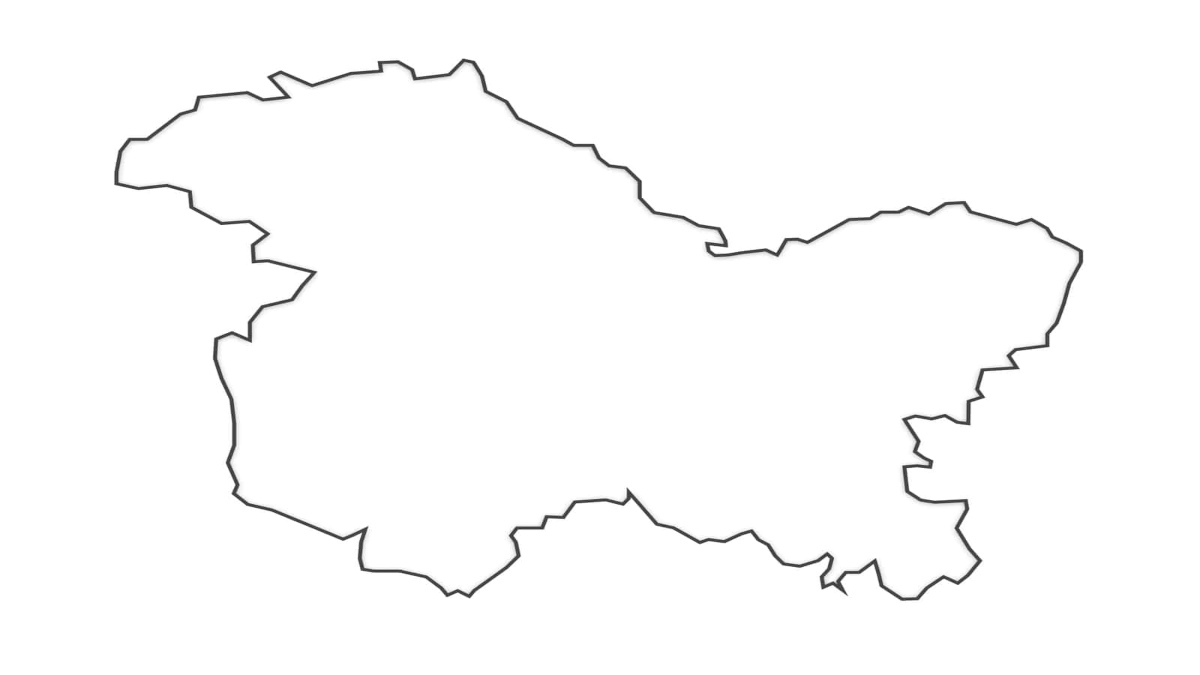
Gilgit Baltistan, a part of Pakistan occupied Kashmir (PoK), has been in the grip of another bout of violence and unrest for the last three months. Residents organized a massive protest last month against Pakistan for issuing licenses to private contractors for mining and digging gems in the region.
Despite being a disputed area licenses have been issued to Pakistani contractors, one of which is Mohammad Dada, who is digging out all the marbles from the Gilgit Baltistan mountains and transporting them to Pakistan. Similarly, poor people are being forced to give up their ancestral land to private Pakistani buyers who have connections with the military. They are buying off lands from the poorest of people,” one of the locals told the media.
“Gilgit Baltistan is a disputed area, it is not Pakistan’s territory. It has been illegally occupied by Pak since 1947, it belongs to India and the people of Gilgit Baltistan. This blundering of lands cannot take place,” the man said.
During the elections, the Imran Khan government had promised the people of Gilgit-Baltistan jobs, education, and prosperity as part of the China-Pakistan Economic Corridor (CPEC). But according to the locals, the policies framed by the government alter the demographics of the region and systematically secure the ownership of the land that is possessed by locals. They said that they would never let such anti-native policies get implemented in the region. They alleged that the residents of Gilgit-Baltistan were not consulted while drafting such policies.
To recall the region witnessed the blatant killing of Shia pilgrims in Kohistan on the Karakoram Highway in 2012 when they were returning from Iran. Ahmed Marwat, commander of an outlawed terrorist group, Jundullah, owned up responsibility for the attack, stating clearly that these people were targeted because they belonged to the Shia community. Jundullah, which allegedly has links to the Taliban and al Qaeda, is based in Balochistan. This group is said to be different from the Jundallah active in neighbouring Iran. The killers, dressed in military uniforms, managed to escape the scene of attack without much difficulty. In the aftermath of this particular incident, a series of clashes have taken place in the region, the most grievous among them being the massacre of Shias at Chilas on April 3, 2012.
SHIA-SUNNI DIVIDE
The incident and the recent killings and protests in Gilgit Baltistan have once again highlighted the widening Shia-Sunni divide in Pakistan as a whole. Gilgit Baltistan was predominantly Shia even under the Maharaja of Kashmir although there was hardly sectarian conflict in the region at that time. Post-1947 too, sectarianism may have existed as a latent force but largely without any violent manifestations. It was under the Zia ul Haq regime, however, that this latent force was ignited to serve Pakistan’s larger goals. Zia pursued a policy of Sunni Islamisation wherein Sunnis were patronized and given preferential treatment by the state in all public spheres. This caused widespread discontent in Shia majority Gilgit Baltistan were riots and other acts of violence consequently broke out frequently. By encouraging the Sunni population from outside of the region to settle in Gilgit Baltistan, the state created a permanent divide between the various groups in Gilgit Baltistan.
Consequently, there have been many instances of sectarian violence in Gilgit Baltistan beginning with the large-scale riots of 1988, which erupted over a minor controversy on the sighting of the moon during the holy month of Ramzan. Several hundred were killed, villages were destroyed and even livestock was not spared while the administration watched the unfolding crisis like a mute spectator. The next major outbreak of violence occurred during 2003-04 when there was controversy over the introduction of a Sunni-centric curriculum in the schools of Gilgit Baltistan.
During the last several decades, Pakistan has imposed ad hoc governing structures without giving the region either an independent or a provincial status. The political yearnings of the locals, suppressed for long, occasionally find vent in the demand for autonomy because of such sectarian clashes. Political mobilisation along sectarian lines has complicated matters and widened the divide between the Shias and the Sunnis.
The absence of constitutional status, political deprivation, Pakistan’s exercise of forceful control on the region and its deliberate strategy of playing the sectarian card have all proved to be a lethal combination that continues to adversely impact peace and security in Gilgit Baltistan. Escalating sectarian tensions and Pakistan’s reluctance to address popular grievances and aspirations could potentially lead to increasing demands for autonomy and independence in the coming days.
COMPARATIVE DEVELOPMENT
According to A Comparative Study and Analysis of Human Development and Human
Rights in J&K and PoJK/G-B compiled by Law and Society Alliance in 2020, the PoJK government allocated PKR (Pakistani Rupee) 12,156 crore or US$773 million for its 2019-20. On the other hand, J&K spent INR (Indian National Rupees) 88,911 crore or US$12.4 billion in the fiscal year 2019-20. Comparative analysis of the budget of both states reflects that India spends at least 16 times more on J&K as compared to the amount spent by Pakistan on PoJK. There is a considerable difference in the Human Development Index (HDI) of PoJK and G-B versus J&K.
Data suggests that Pakistan has seemingly been a poor performer in human development in G-B, leading to the underdevelopment of the territory. As per the UNDP 2017 data, the HDI value for G-B was 0.5233 against 0.6844 for J&K. Whereas, the HDI value for PoJK was measured to be 0.734.
There are numerous claims made by Pakistani organisations as well as the government on the literacy rate of G-B. The civil society suggests a horrible situation of education and literacy in the PoJK and G-B region. According to a Pakistani non-profit organisation Pakistan Institute for Peace Studies, Islamabad (PIPS), the G-B region has a super low literacy rate. In the area, a meagre 14 per cent of men are educated, while
> education among women is even worse at 3.5 per cent.
The condition is a little better in PoJK which has a literacy rate of 60 per cent. The exceptionally low education rate is coupled with the inefficiency of the Pakistani government to tackle terrorism in the region and use the region as a launchpad and breeding ground for terrorists. In a recent incident, 12 schools were set on fire and burnt down by terrorists in the G-B region. Most of the schools that were set ablaze were girls’ schools.
There are currently six small and big universities in PoJK. Except for the University of Azad Kashmir, all other universities were founded in the 21st century and are yet to be fully developed. Besides, there are two small universities in the G-B region with small numbers of student enrolments. The Karakoram International University has a comparatively higher number of enrolments than the Baltistan University which was founded recently in 2017.
India, on the other hand, has been able to establish an infrastructural set-up of the education system in J&K and is performing much better than PoJK and G-B territories. Besides, the literacy rate in the state is 67.16 per cent. The Government of India has made significant investments in the higher education sector in J&K. As of now, there are ten major State Universities and two major Central Universities in J&K: one Central University in each part of the state – Central University of Jammu and Central University of Kashmir. In addition, there are four premier Institutes of National Importance including the Indian Institute of Technology (IIT) Jammu, Indian Institute of Management (IIM) Jammu, National Institute of Technology (NIT) Srinagar and National Institute of Fashion Technology (NIFT) Srinagar.
SPENDING ON EDUCATION
The spending on education by the PoJK government in the fiscal year 2019-20 was PKR 2,716 crore or US$ 173 million. Whereas the spending on education by the J&K government was INR 11,105 crore or US$1.55 billion during the year 2019.10 In addition, a separate allocation was made for the medical and higher education sectors. It implies that the J&K government spends nearly nine times more on education than by PoJK government. In addition to poor educational infrastructure and low literacy, the PoJK and G-B regions are also struggling with severe unemployment conditions. According to a news report of ‘The Nation’, nearly 300 students committed suicide in the Ghizer district of G-B alone. There has been an increasing frequency of suicide incidents in the region. In Ghizer district alone, over 300 youth, both boys and girls, committed suicides since 2000.11.
One major reason for committing suicide is unemployment. Due to acute underdevelopment, there are no private jobs and educated youth are left with extremely limited options. There is no other scope for them besides joining either government services or Pakistan Army’s battalion Northern Light Infantry.12 They also have to face discrimination in the pay structure. The natives, who join civil services, are paid 25 per cent less than those on deputation from Punjab.
The budget of the PoJK government for health in the fiscal year 2019-20 was PKR 969 crore or US$62 million.14 Whereas, J&K government allocated INR 4,447 crore or US$618 million for health in the year 2019.15 The comparison of relative health expenditures of both the governments reflects a similar trend observed in education expenditure, as the budget allocated by the J&K government is approximately 11 times more than that by PoJK government. The Infant Mortality Rate (IMR) in Pakistan is 62 per thousand infants – one of the worst in the world. The Pakistani government did not include PoJK and G-B while measuring the IMR. The numbers for these two most underdeveloped territories are expected to be the worst. Available statistics suggest that G-B’s maternal mortality ratio hovers between 250 and 600 per 100,000 live births – among the highest in Pakistan.
There are just 33 hospitals with 986 beds in the entire G-B region. The doctor’s coverage to the population is expected to be roughly around one doctor per six thousand people.18 With such a meagre number of hospitals/doctors, it is nearly impossible to ensure proper healthcare services to the inhabitants. Health is a rare and costly affair in G-B, available only to the upper and elite classes. District Headquarters hospitals, designated for maternity healthcare in G-B, suffer from a lack of power and water supplies. Another facility is the Combined Military Hospital, where patient access is limited due to high costs. Recently, pictures of an ambulance discharging the duties of a garbage van surfaced over the internet and spoke volumes about the state of medical and health affairs in G-B and led to a huge embarrassment for Pakistani authorities.
The condition of healthcare is not any better in PoJK. There are only 73 hospitals and health centres in PoJK (24 hospitals and 49 health centres). There are 4,916 people covered by each doctor in the state much lower than the recommended doctor-population ratio of the World Health Organisation (WHO). At present, there are at least 5,534 health institutions (4,433 government and 1,101 private) in J&K.
> However, the doctor-patient ratio in the state is one doctor per 1,658 people as against WHO’s recommendation of one doctor per 1,000 population. The IMR in J&K is 23 – three times less than that of the PoJK.23 A year ago, J&K was ranked number
one in the country for a reduction in IMR by eight points in a single year.24 The government plans to bring the rate further down to single-digit by 2022.25.
ANNUAL PER CAPITA INCOME
According to Agha Khan Rural Support Program Survey, the annual per capita income of G-B is less than US$268, which is one-quarter of Pakistan’s national average per capita income.26 The per capita income of PoJK is US$1,512, which is around six times higher than the per capita income of G-B and substantially higher than that of J&K. Per capita income of J&K is US$1,000 per annum. Despite a moderate per capita income, the poverty rate in J&K is extremely low and currently stands at 10.35 per cent, which is almost half of the national average of around 21 per cent. According to the latest data available, the unemployment rate in PoJK is higher than the national average of Pakistan, measuring 10.3 per cent.28 Whereas it stands at 5.3 per cent in J&K, measuring lower than the national average.
According to the last census held in 1998, the population of G-B is around 870,000. G-B is one of the most multi-ethnic, multicultural, and multi-linguist regions of the world. The the sparsely populated region consists of a conglomeration of multiple ethnic groups and tribes. According to the available data, the population of the region is now approximately 1.5 million, with around 39 per cent Shia, 27 per cent Sunni, 18 per cent Ismaili and 16 per cent Nurbakhshi. Earlier, the region was dominantly inhabited by the Shia population with a share of 80 per cent. Generally, people of G-B have been peace-loving and liberal as compared to other parts of Pakistan.
There are reports of numerous inter-ethnic and inter-tribal marriages in the region. Interestingly and strikingly, sectarian identities were seemingly not very dominant in the region until the early 1990s, as ethnic and tribal loyalties conventionally surpassed sectarian identities. However, Pakistan has long been making attempts to radicalise the region and induce strong sectarian identities amongst the people.
Post-1980s, the G-B people started to gradually divide along sectarian lines – an outcome of Pakistan’s continuous efforts. Today, the region has been converted into one of the most divisive regions in the world. There are bloody clashes and bloodbaths on small and petty issues.32,33 Sectarian clashes have also led to the downfall of the tourism industry – the only revenue-generating industry in the region. To worsen the situation, the international political dynamics such as the Iranian revolution and Afghanistan war worked as catalysts to further the sectarian violence in the late 1980s and 1990s. Increased activities of religious extremists in the wake of Pakistan’s involvement in the Afghan war, coupled with the freedom given to religious groups, vitiated the atmosphere in this Shia-majority region. Pakistan’s manipulation of religious groups for internal and external policy objectives is a major reason for the current sectarian situation in G-B and across the country.
Besides numerous violent attempts of ethnic cleansing in these regions, the Pakistan government and military, under the leadership of Zia-ul-Haq, made several continuous attempts to alter the ethnic demography of the region. Post the 1980s, Sunni Muslims from hegemonic Pakistani provinces like Punjab and Khyber Pakhtunkhwa started to make an influx through business routes and started to gradually settle in the region.
INFLUX OF OUTSIDERS
In this regard, researcher and activist Samuel Baid argues, “the influx
> of outsiders has created two problems, depletion of employment opportunities for the locals and brutalisation of sectarian tension. Along with this, there has come along a gun culture and gradual replacement of spiritual values by class materialism of the new middle class. The outsiders grab land and government jobs. It is not only the jobs that the outsiders grab, but they also plunder upon forest and natural resources in the region. The funds allocated for the development of G-B are spent on the Army deployed there.”
Terror camps that were being run here openly with the active support of the Pakistani Army have bred hundreds of Sunni Jihadis of the Sipah-e-Sahaba Pakistan (SSP), who are now operating all across G-B, killing Shia Muslims. In this regard, rebutting the claims of foreign forces involved in G-B riots made by the Pakistani government, Inspector General of G-B, Hussain Asghar went on record to say, “I don’t think there is any foreign hand involved in sectarian riots. It is not only that the Shia, Ismaili and Nurabakhshi communities have been the targets of sectarian violence and ethnic cleansing in Pakistan, rather, the liberal Sunni Muslims have also been victims of attempts of Pakistani government and Army to cleanse the region and populate it with staunch Sunni Muslims.”
Inhabitants of the Gilgit region, for several years, have been voicing their concern that their region is under Taliban attack from the Waziristan region and being used as safe havens for Jihadis, supported by the Salafi elements in the Pakistan Army. At the 13th session of the United Nations Human Rights Council, Abdul Hamid Khan of the Balwaristan National Front said, “human rights abuses are widespread and common in G-B for many decades but the absence of local media and independent judiciary have helped Islamabad to hide its illicit practices.”
The abolishment of the State Subject Rule in G-B in 1974 and introduction of the Gilgit-Baltistan Empowerment and Self-governance Order in 2009 snatched land rights from G-B locals and opened the door for Pakistani settlements in the region. The Pakistani elites, including several Corporate, Army Generals and politicians have acquired land and built sprawling residences in G-B. The list includes Prime Minister Imran Khan, ex-President Parvez Musharraf, Senator Talha Mahmood and Hamid Gul, as well as many others.
Given the fact that G-B is the hotspot of the China-Pakistan Economic Corridor (CPEC), it is pertinent to note that many Chinese citizens, who initially came to work on CPEC, have now settled all across G-B. A 2010 Stratfor report mated the figures and claimed that 7,000 to 11,000 PLA soldiers guard CPEC projects. The number is expected to multiply manifold in a decade. Several radical Pakistani musclemen,
including ex-Army officers, are being roped into work on projects of CPEC. These Wahhabi Sunni workers permanently settle in G-B, further radicalising the region and wiping out the Shia majority.
>
> The PoJK and G-B are not mentioned in Article 1 of the Pakistani constitution, which defines and mentions Pakistani territories. It implies that neither PoJK nor G-B have been mentioned as Pakistani territories under its constitution. However, Article 1(2)(d) states that Pakistan’s territories include “such States and territories as are or may be included in Pakistan whether by accession or otherwise.” The Pakistani government, under the Karachi Agreement with the PoJK government, divided
> the natural resources-rich and fertile G-B from PoJK and renamed it as Northern Areas. Since then, Pakistan has been directly ruling G-B through provisional orders/ordinances, where every new order replaces the previous one. Unlike PoJK, it does not have an interim or permanent constitution.
STATE SUBJECT RULES
The State Subject Rules of 1927 – the land ownership act entitling land rights to the locals – was annulled by the Pakistani government in 1974, which opened the door for the influx, settlement and subsequent dominance of the Pakistani community in G-B. Until 2009, no legislative body existed in G-B. The Pakistan government promulgated the G-B Order 2009 to entitle the inhabitants of the territory to a certain amount of control over governance. G-B Assembly and G-B Council were also set up under the provisions of the Order.166 However, in 2018, the Pakistan government introduced the G-B Order 2018 to replace the Order 2009, which was not received warmly by the local populace.
It gave sweeping and broad powers to the Federal government to directly control the territory. Along with G-B Assembly, the Prime Minister of Pakistan was empowered with direct legislative powers to make laws on G-B as well as directly imposing the laws from Pakistan. The powers of the G-B Council were thus taken away and entrusted to the Pakistani Prime Minister.
At the economic and budgetary fronts, J&K is multiple times ahead of PoJK and G-B. In terms of health and education – the two foundational pillars of the HDI – J&K has allocated a budget that is equal to the worth of multiples of the budget of PoJK. Besides, the infrastructural setup of J&K in these two areas has also been noteworthy. This research suggests that India is comparatively reforming better in terms of objectives as well as the infrastructure in health and education sectors,besides other components of the human development index (HDI) in Jammu and Kashmir.


